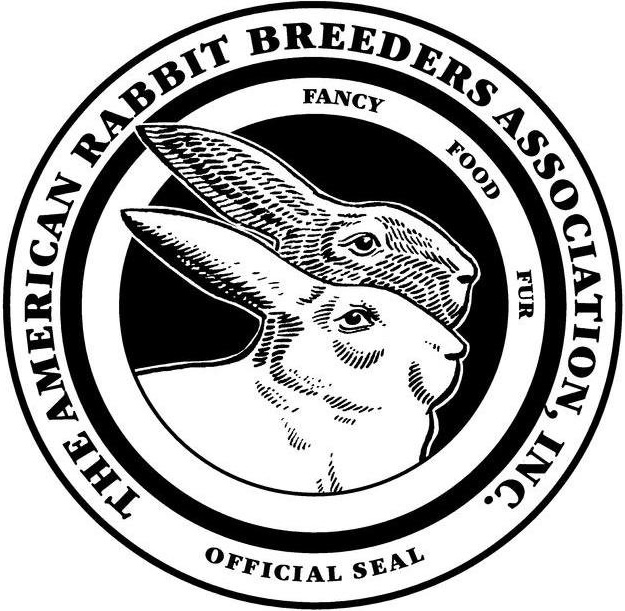Genetics Guide
Did you know...?
SKIP TO THE
EndSTART AT THE
BeginningAll of our inheritable traits are stored in these nifty things called genes. You get half of a gene, called an allele, from each of your parents, and it is the way your two alleles interact that determines what kind of a trait you will get from that gene!
Alleles tend to be either "dominant" or "recessive." This means that usually one allele in a pair is bossier than the other and will override it altogether. Therefore, when we show a dominant allele in writing it will have a capital letter. A recessive allele gets a timid lower case one.
On a grander scale, genes can fight with one another in the same way that alleles do. One gene can tell another to change how it behaves! Sometimes a bossy gene will hide the effects of other genes. So to tell what the meek genes are doing, you may need to keep a particularly bossy gene out of the picture.
On the other hand, if a gene only likes to boss around certain other genes, you'll never know what it's doing unless those other genes are active! For example, if I like to force all red hair genes into making blonde hair instead, but there are no red hair genes around, then I'm not going to be doing much of anything, am I?
Now then, are you ready to start exploring the way genes change a rabbit's color?
The Basics
Basic genetic terms
Definitions of the basic terms of genetics
Breeding example
Example of how to use punnet squares for breeding
Summary of series
List of alleles for reference
Main
All about agouti, tan, & self
A locus
Black & chocolate & dilute, oh my!
B and D loci
Extension, non-extension, and everything in between!
E locus
The Illustrious "C locus"
C locus
White spotting genes
En, Du, and V loci
The Other Genes
Si and W loci
Extras
Eye colors
Brown, gray, pink and blue
Coats
The longhaired and rex rabbits
Dwarf Gene
All about the dwarf gene
Ears
All about those lops
Test your knowledge
A short genetics quiz!
Rabbit Generator
Input genotypes to see how each gene reacts with each other
Breeding calculator
A simple calculator that shows you the possible outcomes of a pairing.
Disclaimer: Before reading through this guide, please note that I am not a geneticist or a professional scientis (please see the About Us. I'm just a regular girl with an interest in genetics, and hope to make color genetics interesting and easy to understand for everyone.
This guide is intended as an introduction to color genetics in rabbits, and while I do my best to ensure its accuracy, please do make sure to do further, independent reserch if you want to find out more.



